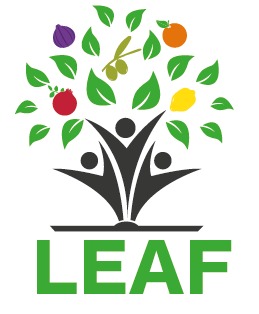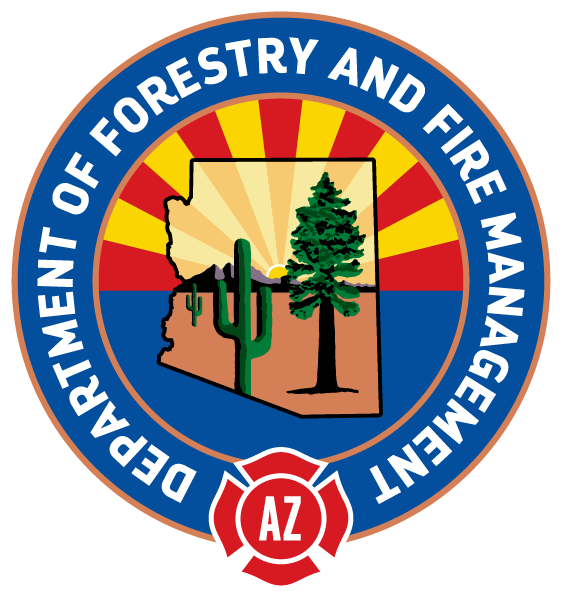Prepare your Watering System Click Here for a PDF of Prepare your Watering SystemBefore trees are planted, shape the earth for passive water harvesting and install any piping, tanks, pumps or other equipment needed to implement your water resources strategy. Use passive water harvesting structures to capture runoff from direct rainfall, adjacent land areas, roofs, driveways and other impermeable surfaces. Make sure basins will infiltrate water quickly to avoid mosquito breeding. Construct overflow routes for large basins and swales that intercept water from slopes to direct excess rainwater safely to lower elevation depressions. Avoid digging into and around the roots of existing trees. Trees planted inside basins should be placed on a small mound or terrace to keep water and mulch away from the tree trunk. You can size passive water harvesting depressions for the eventual mature size of trees or begin with a basin that is sized for the smaller trees you plant. When edible trees will be planted in large basins that will support multiple trees and shrubs, minimize inundation by raising mounds and terraces within the basin to plant trees on. Trees planted within the larger confines of a basin will experience minor, short-term inundation in large storms, but water will quickly drain into the soil below. Do not plant trees in the bottoms of basins. Trees that have a low tolerance for inundation should be planted next to rather than within basins, where their roots can grow into the soil under the basin to access moisture. Keep in mind that the drip line of trees—the outer perimeter of the tree canopy where raindrops “drip” down from the leaves—extends out as trees grow. The roots of mature trees generally extend horizontally to a distance wider than the tree’s drip line. Think ahead about how you will supply water at or beyond the drip line when trees reach their mature sizes. As you expand basins outward, be careful not to disturb tree roots. You may need to add a raised berm at the mature drip line to harvest more water rather than digging a basin deeper. Before planting, install any pipelines needed to distribute graywater and condensate water to trees. If you will be using a rainwater tank, install the tank, piping, hose bibs, and distribution lines. Be sure the tank has an overflow pipe to route surplus water to nearby water harvesting basins. Install fine-mesh screens on tank inlets and outlets to keep out mosquitos and other critters. Gravity-fed delivery is simple and saves energy. Rainwater tanks with pumps can deliver rainwater through drip irrigation systems and to higher elevation trees. To reduce potable water use, prioritize watering trees with harvested water supplies first. Be prepared to use potable water when on-site rainwater, graywater and condensate are not available or are not sufficient to meet tree needs. |
A large water harvesting basin can be sized to supply water at the drip line of a mature tree. The young tree can be planted with a smaller internal water harvesting basin to supply it as it grows toward this mature size. Plant the tree on a small mound.
Edible trees can be positioned within large basins if they are placed on raised mounds or terraces. Do not plant trees in the bottoms of basins where they will be exposed to extended inundation. Trees that do not tolerate inundation can be placed next to rather than within basins. Their roots will grow under basins to access soil moisture.
|
Drip irrigation systems can be designed to switch between rainwater tanks and potable water supplies when tank water is low. Switching systems must be reliable and have automatic backflow prevention devices or air gap systems built into the design to keep rainwater from backing up into potable water supply pipes. Ask local zoning and/or water utility officials for requirements regarding backflow prevention in your area. Ask for advice from local Cooperative Extension Service personnel, irrigation designers or nurseries to determine the number, size, location and timing for water delivery through drip irrigation emitters. Irrigation systems can be designed to provide maximum tree water needs during hot months, but it is important to adjust drip system application rates seasonally to conserve water. Adjust emitters and sprinkler patterns so they cover soils to just beyond the drip line of the planted trees, and expand these watering areas out as trees grow. ADDITIONAL RESOURCES Tree Selection and Care, Arizona Department of Forestry and Fire Management Before you dig, CALL Arizona 811 (formerly known as Blue Stake) to mark buried utility lines between the street and utility meters on your property. To mark additional utilities line locations within your property, contact a private utility locating service. |
CAUTION: Never eat anything that is not properly identified. It is your responsibility to ensure that all fruits, nuts, seeds, pods and other edible products of trees and shrubs are correctly identified and safe to eat before eating them or serving them to others.
Copyright 2023
LEAF is under the fiduciary stewardship of the Arizona Community Tree Council, a 501(c)3 non-profit organization.
70 S Val Vista Drive, Suite A3-186, Gilbert, AZ 85296

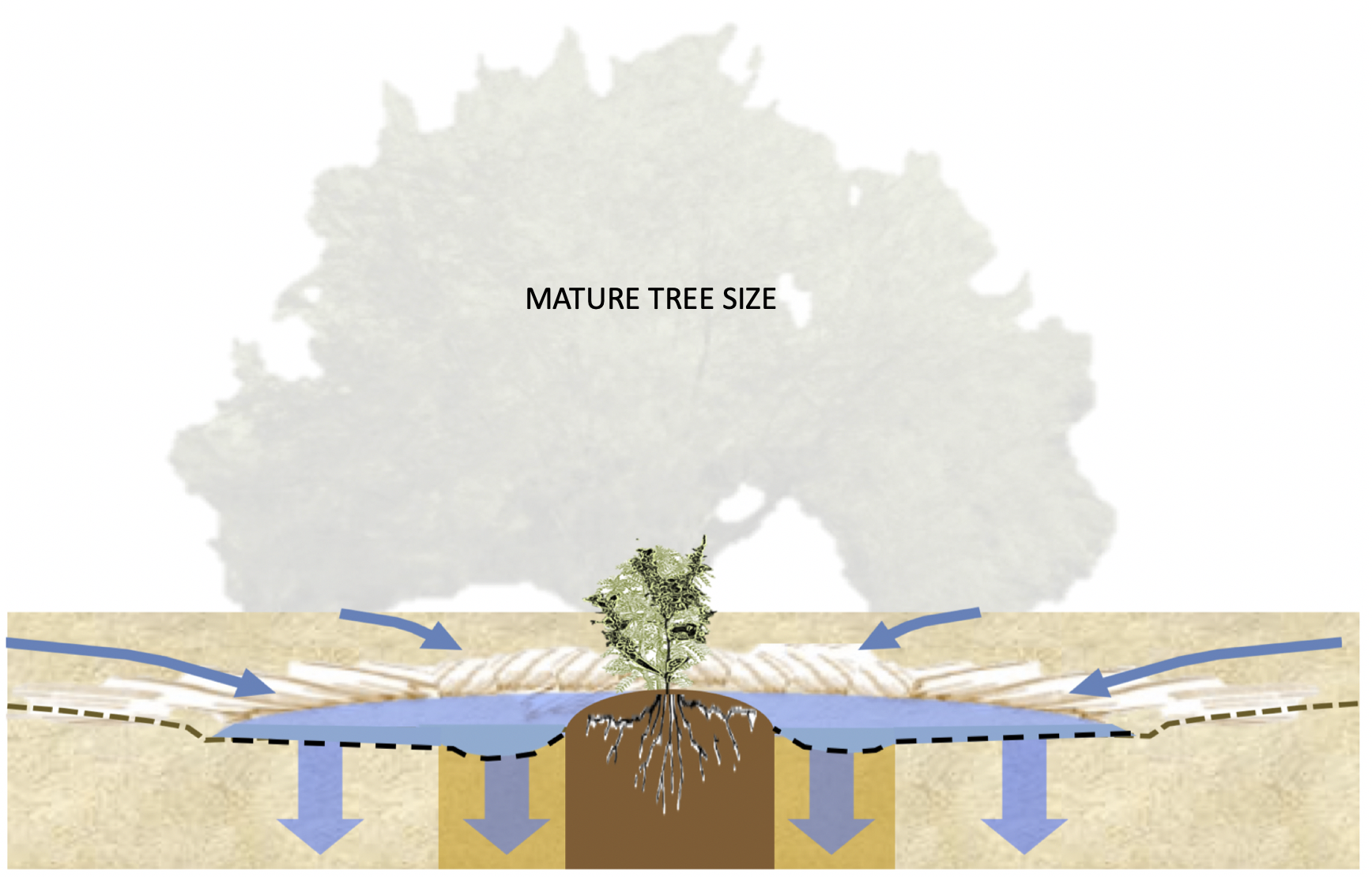
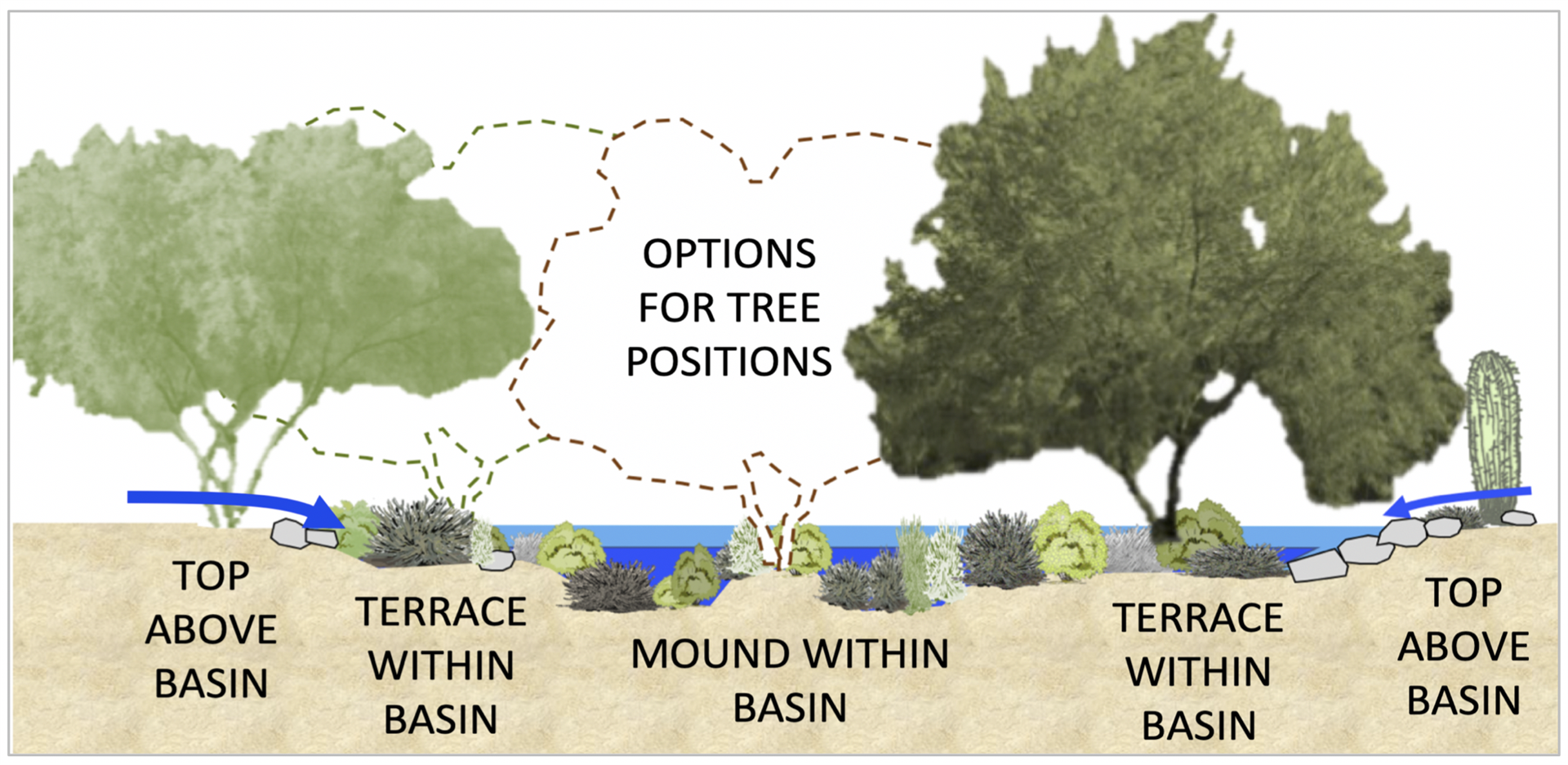
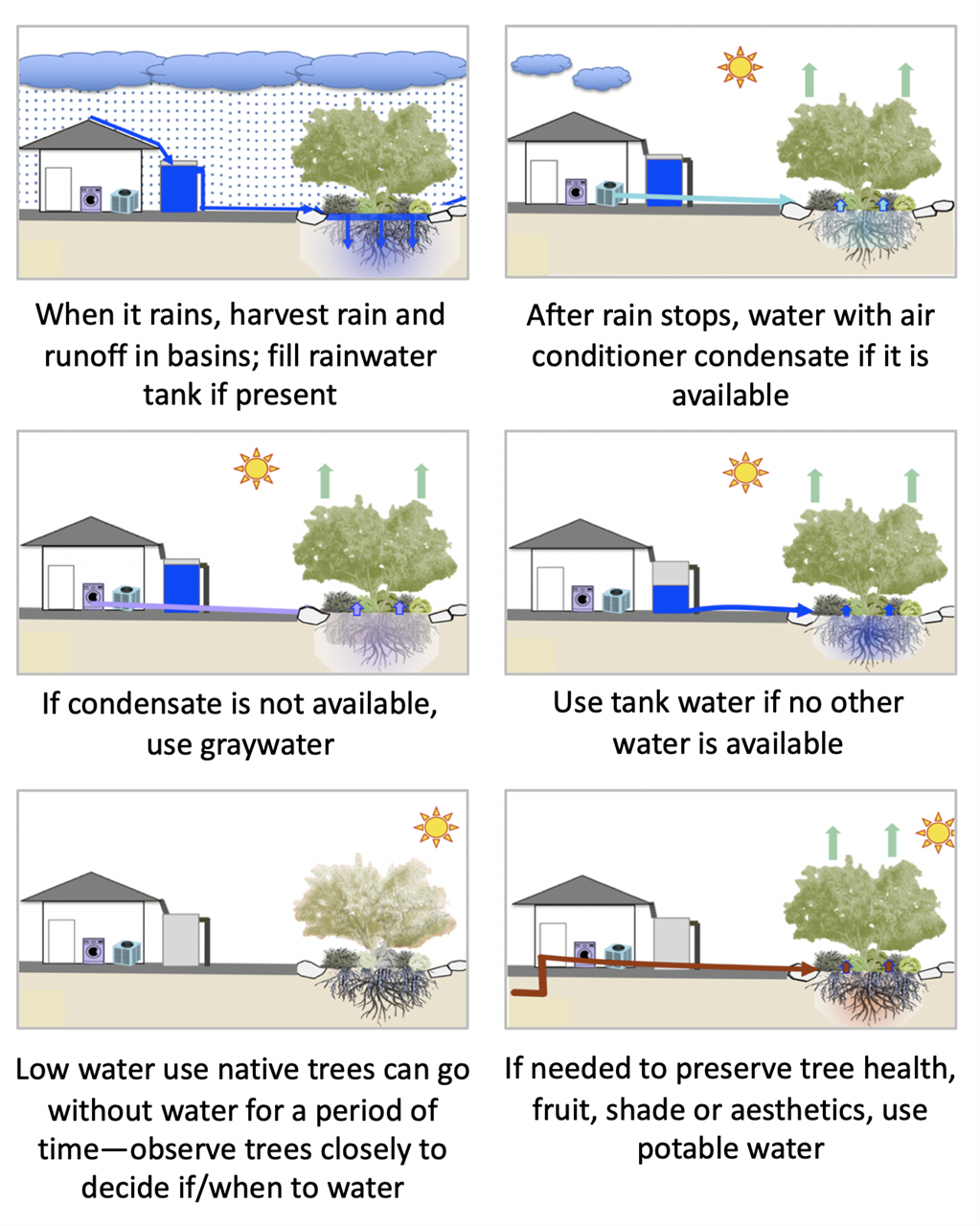 Suggested watering sequence for edible trees to make the most of harvested water supplies
Suggested watering sequence for edible trees to make the most of harvested water supplies